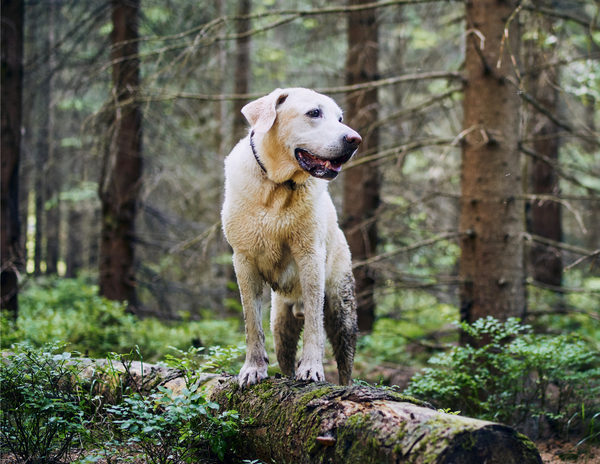Have you seen these adorable creatures with feathery gills and wondered if they would make good pets? You're not alone! Axolotls have gained immense popularity, especially after their introduction in Minecraft. If you're a pet enthusiast, read on to learn everything you need to know about keeping an axolotl.
Introduction to Axolotls
Axolotls, often known as Mexican walking fish, are a unique and fascinating type of salamander. Unlike most amphibians, axolotls remain in their juvenile stage throughout their life. This trait is known as neoteny, which means they retain their juvenile features, like external gills, and never transition to a land-based lifestyle.
These quirky critters can be seen in various colors, from wild brown and leucistic (white with blue eyes) to stunning albino, golden, melanistic, and even the eye-catching chimera. Some axolotls also possess the green fluorescent protein (GFP) gene, making them glow under blue light.
In captivity, axolotls typically live between 10 to 15 years, with some even reaching up to 20 years under optimal conditions. This impressive lifespan makes them a popular choice among amphibian enthusiasts looking for a long-term companion.
Why Axolotls Make Great Pets
Axolotls are not just visually captivating; they also display intriguing behaviors. Despite their often slow and inactive demeanor, they are predators in the wild. They wait for small prey to come close before striking swiftly.
Contrary to what you might think, axolotls are relatively easy to care for, as long as their specific needs are met. They require a well-maintained aquatic environment and regular feeding to thrive.
Axolotls are fantastic for pet owners of all ages. Their unique appearance and easy-going nature make them a hit with children and adults looking for an unusual pet.
Setting Up the Perfect Habitat
Tank Size and Type
Axolotls need plenty of space to move around. A 20-gallon long aquarium is ideal for one adult axolotl. If you plan to keep more than one, ensure you have a larger tank to avoid overcrowding.
Water Quality and Filtration
Water quality is crucial for axolotls. Their external gills make them susceptible to poor water conditions. Perform a 20-25% water change weekly and use a sponge filter to maintain clean water without causing stress.
Temperature Requirements
Axolotls prefer cooler water temperatures, ideally between 60-64°F (16-18°C). Anything above 75°F (24°C) can be harmful. During hot summer months, you might need an aquarium cooler or fan to maintain the right temperature.
Feeding Your Axolotl
Juvenile Diet
Young axolotls should be fed once or twice a day. Bloodworms and jumbo bloodworms are excellent choices. Ensure any uneaten food is removed within 24 hours to prevent water contamination.
Adult Diet
Adult axolotls, on the other hand, can be fed every two to three days. Their diet can include larger prey like earthworms. There are also specialized axolotl pellets available, although transitioning them to a pellet diet can be challenging.
Feeding Tips
Refrain from overfeeding your axolotl. Obesity is a common issue in captive axolotls. Monitor their weight and adjust their feeding schedule accordingly.
Essential Supplies for Your Axolotl
Must-Have Items
To ensure your axolotl's well-being, you'll need:
- A 20-gallon long aquarium
- An air pump
- A sponge filter
- Water conditioner (avoid those with aloe vera)
Optional Accessories
Axolotls don't need a light, providing them with a dark environment mimics their natural habitat. For adult axolotls, you can use fine sand substrate, but avoid chunky substrates that might cause impaction.
Axolotls love having places to hide. Include a couple of caves or ornaments in the tank to make them feel secure.
Common Health Issues and How to Prevent Them
Poor Water Quality
Poor water conditions can lead to various health issues, including fungal infections and stress. Regular water changes and good filtration are key to preventing these problems.
Overheating
Axolotls are susceptible to heat stress. Always keep the water temperature within the recommended range to avoid overheating.
Impaction
Using inappropriate substrate can lead to impaction, a condition where the digestive tract gets blocked. Stick to fine sand or no substrate at all to prevent this issue.
Bonding with Your Axolotl
Observing Behavior
Spend time observing your axolotl's behavior. While they won't bond with you like a dog or cat, they will become accustomed to your presence and might even recognize you as their feeder.
Handling Tips
Avoid handling your axolotl unless absolutely necessary. Their skin is delicate, and handling can cause stress. If you must move them, use a soft net or container.
Interactive Feeding
Interactive feeding can be a fun way to engage with your axolotl. Use feeding tongs to offer food, allowing you to observe their predatory behavior up close.
Legal Considerations
Check Local Regulations
Before getting an axolotl, check your local regulations. Some areas have restrictions on keeping axolotls as pets.
Ethical Sourcing
Ensure you purchase your axolotl from a reputable breeder who practices ethical breeding and care.
Conservation Efforts
Axolotls are critically endangered in the wild. Supporting conservation efforts through donations or volunteering can make a positive impact.
Conclusion
Axolotls are fascinating and unique pets that bring a touch of the exotic into your home. By understanding their specific needs and providing the right environment, you can enjoy years of companionship with these charming creatures.
If you're considering adding an axolotl to your family, take the time to prepare and educate yourself. For more information and expert advice contact our staff. Let's make your axolotl adventure a success!




